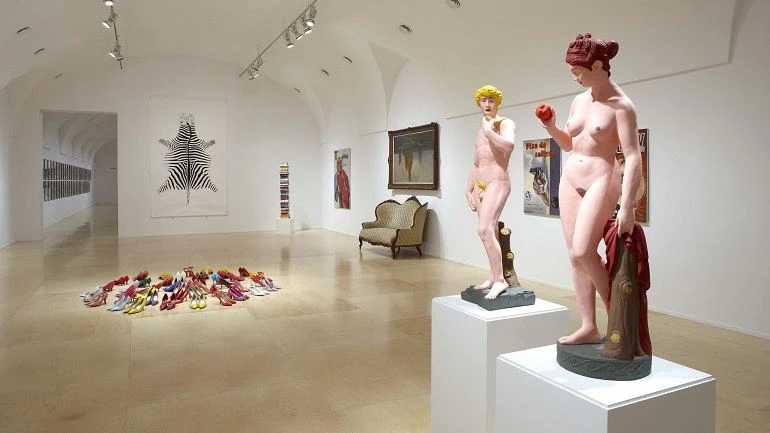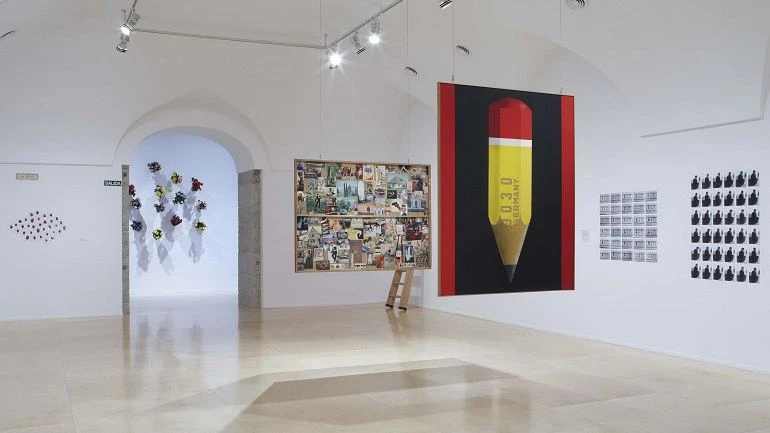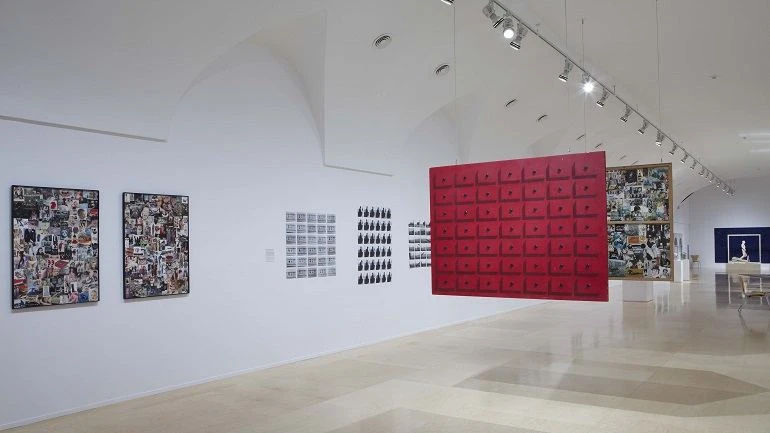Hans-Peter Feldmann
“An Art Exhibition”
In his work the artist keeps an emotional distance with the spectator, allowing them to give the pieces their own meaning, as in All the clothes of a woman: A series of 70 pieces of women's clothing, displayed one by one, or in the car radios series Car radio when good music is playing.
Feldmann commonly uses media to gather collective experiences. His book Die Toten (The Dead) (1967-1993), is a comprehensive collection of images without any comments, made up of pictures taken from the press of all the people who died in the confrontation between terrorists and government forces in Germany during this period. Feldmann has also published several magazines that consist of images without text such as Ohio and Cahier d'images. In the late 90s he is able to convince Profil, a Viennese weekly opinion magazine, to publish an issue exactly the same, with only photos and no text to interpret them.
To Feldmann art "is never the object itself" but what is produced in our brains because of it in using installations where shadows move in close and then move away on a wall, a result of the lighting from a rotary table full of dolls and objects. The tables are fairly cluttered and there are pieces left over from a montage. It is a trick of the eye, but it is still magical. They are shadows that take us back to our childhood, where any image could be a window into another world.
Artists
Feldmann, Hans-Peter
Organised by
Museo Nacional Centro de Arte Reina Sofía
Image gallery




